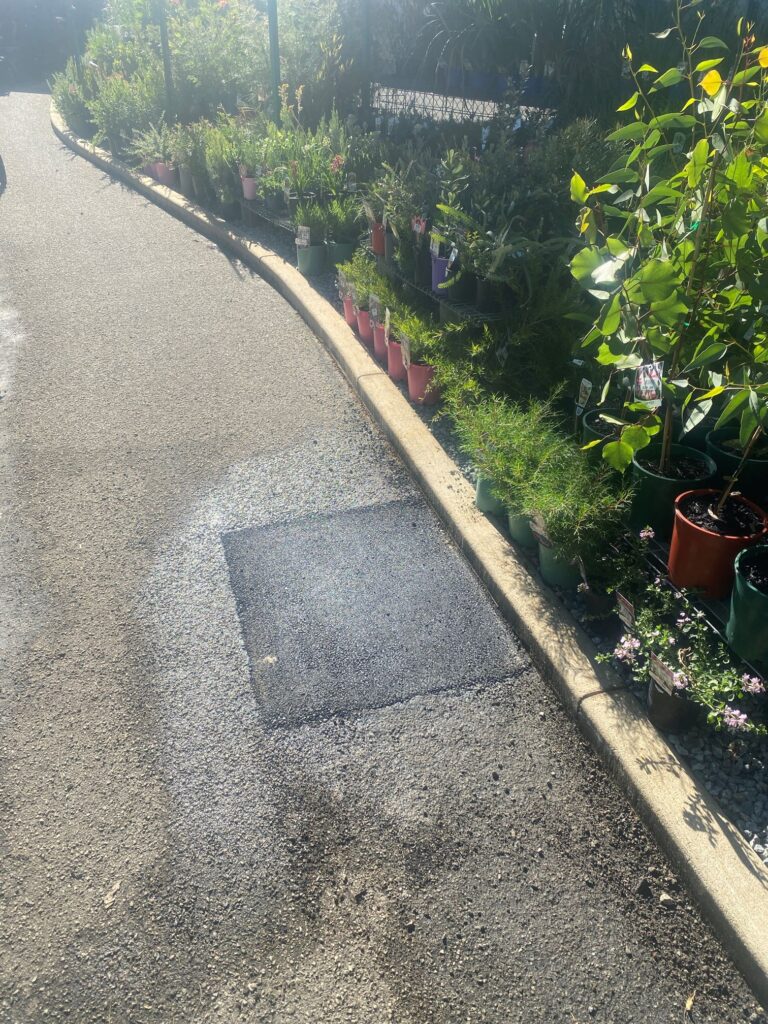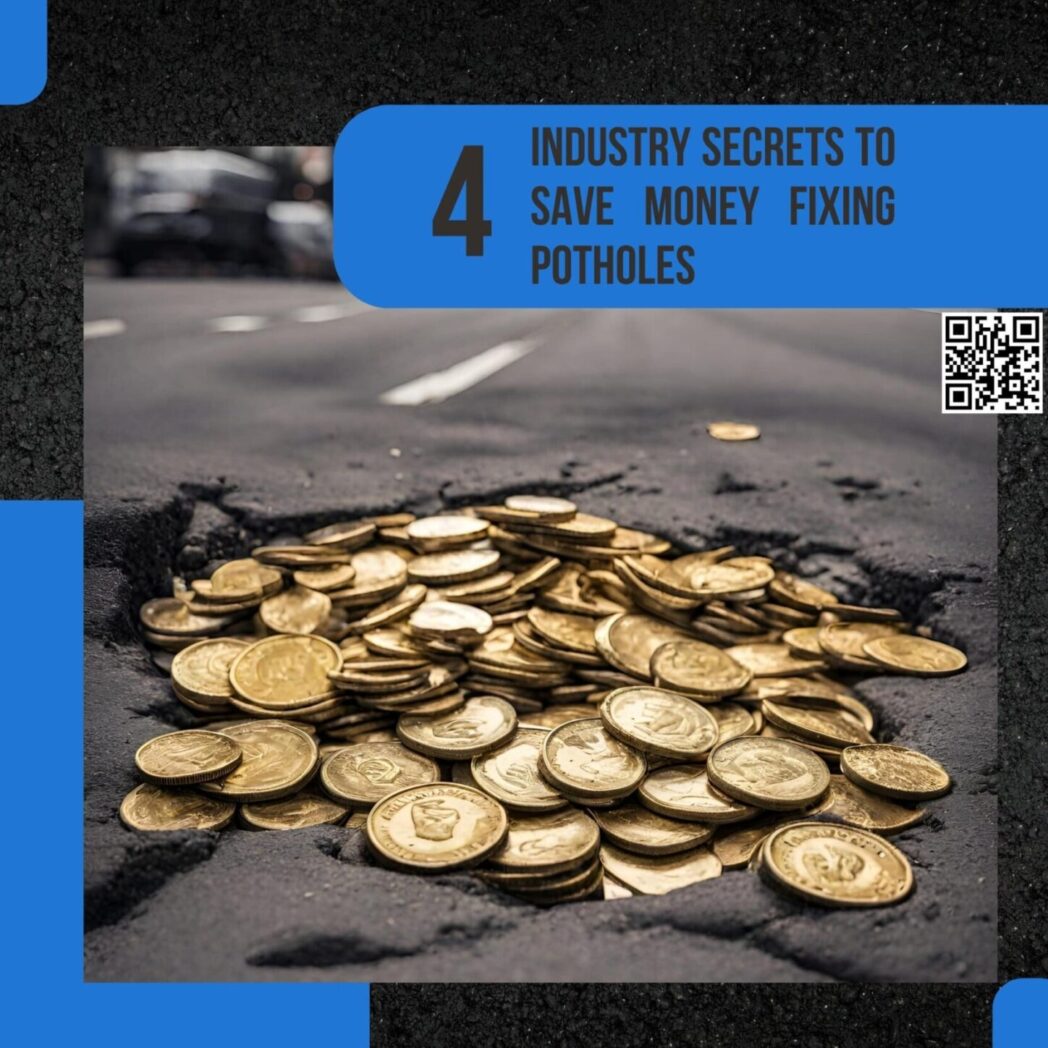
1. Who is Responsible for Pothole Damage?
Who owns the asphalt and who pays for the pothole repairs may not be the same organisation or person. Local Shires and Councils are responsible for maintaining approximately 72% of all roads in Australia whilst only receiving as little as 4% in tax revenue.
Driveway Crossovers however, (the section of the driveway between the road and the letterbox or property boundary, crossing over the council land) are generally the responsibility of the homeowner to maintain at their cost. Ouch!!
Main Roads such as motorways, freeways, highways and major roads/streets are maintained by the State Government.
Potholes on Private property are paid for by the owner of that property unless the property is leased and responsibility lands on the tenant as part of the lease agreement. For example, due to “excessive wear and tear.”
Many Local Government Councils have a “Report a Potholes” section on their website which we recommend residents utilise after discovering a pothole to ensure it is reported and repaired in a timely manner.
It is unlikely Councils are responsible for damage to a car, its tyres and/or rims for failing to repair a pothole that they don’t know about. If you were to have any chance to recover damages you would expect that the pothole would need to have been previously reported and not attended to in a timely manner.
2. Can I Fix the Potholes Myself?
You can certainly fix any of your own potholes yourself however we would advise against it for the following reasons.
Consider the scenario of repairing a typical 50mm deep pothole approximately 1m2, which requires 0.05m3 of material to fill it.
What if I use Rapid Concrete? (I hear you ask)
One 20kg bag will yield a volume of approximately 0.011 cubic metres. At a cost of $15 per bag and a need for 5 bags the total cost of materials is $75, then you have to prepare and complete the repair (approximately 2 hours of your time with collecting the materials) with a high possibility of a low-quality outcome.
Rapid cement is not recommended for filling holes as thin as 50mm and is not designed to accommodate vehicle traffic, as it will simply crack and fail over time.
Many people try filling potholes with Rapid Concrete. We recommend that you don’t do it! Particularly given that if it cracks and fails, it costs more to remove the concrete and install new asphalt, than if you had the job completed correctly with asphalt the first time.
What if I use Asphalt Cold Mix?
One 20kg bag of cold mix will yield a volume of approximately 0.011 cubic metres. At a cost of $16 per bag and a need for approximately 5 bags the total cost of materials is $80, then you have to prepare and complete the repair, (approximately 2 hours of your time with collecting the materials) resulting in a lower quality outcome as the cold mix doesn’t set as hard as hot mix asphalt.
Potholes Perth can complete this type of repair with road quality hot mix asphalt from as little as $99 + Gst and warranty the work without you having to lift a finger.
Many people try filling potholes with Cold Mix Asphalt. We recommend that you don’t do it! Particularly given that if it stays soft and fails, it costs more to remove the cold mix and install hot mix asphalt than if you had the repair completed correctly by installing hot mix asphalt the first time.
3. What types of repairs are typically used to repair a Pothole?
There are three types of repairs typically used to repair potholes.
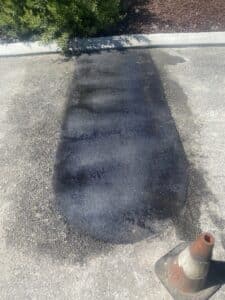 Inside Butt Patches
Inside Butt Patches
These patches are commonly seen on roads and in carparks where the look of the patch is less important and a flush finish with the existing asphalt is preferred. This type of repair is completed by installing the asphalt into the pothole to the shape of the pothole up to the level of the existing asphalt. These patches are generally expected to last anywhere from 12 months to 5 years. Quote My Inside Butt Repair
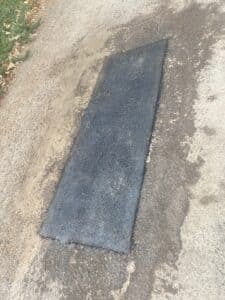
Lapping Patches / Overlay Patches
These patches are commonly seen on roads and in car parks where the look of the patch is a little more important and a raised finish above the existing asphalt is acceptable. This type of repair is completed by installing the asphalt over the top of the pothole, covering the shape of the pothole and part of the adjacent asphalt to a level slightly above the existing asphalt and is usually completed in a rounded, square or rectangular shape. These patches are generally expected to last anywhere from 2 years to 5 years. Quote My Lapping Patch Repair
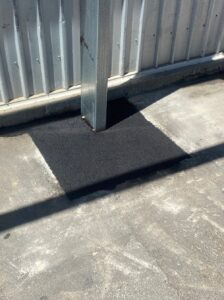 Cut, Remove & Replace Patches
Cut, Remove & Replace Patches
These patches are commonly seen on roads and in car parks where the look of the patch is important and a flush finish with the existing asphalt is necessary. This type of repair is completed by cutting around the perimeter of the pothole usually in a rounded, square or rectangular shape. Removing the existing asphalt surface to the cut lines, if necessary, trimming the base to the appropriate depth and installing the asphalt into the newly prepared patch flush with the existing asphalt. These patches are generally expected to last 10 years or more. Quote My Cut, Remove & Replace Repair
4. How Long Do Pothole Repairs Last?
It is very difficult to give a definitive answer as to how long an asphalt repair will last, the reason for this is there are many different factors that can affect the result.
In reality it depends on 3 main factors:
- What types of vehicles will be driving over the repair, bicycles, cars, trucks, tractors or forklifts? In essence the heavier the vehicles and more frequent the vehicular traffic the shorter the life span of the asphalt will be.
- How good is the existing asphalt and/or road base under the asphalt repair, is the underlying base supporting the asphalt or failing? If the underlying road base is full of clay and is prone to movement the asphalt will tend to fail faster, simply put asphalt is only as strong as the base that supports it.
- What type of patch repair is being installed, is it an overlay/lapping patch, an inside butt patch or a cut and replace patch with 50mm thick asphalt? Generally removing and replacing the broken asphalt will last longer than simply putting asphalt over the top or just filling inside the shape of the hole.



